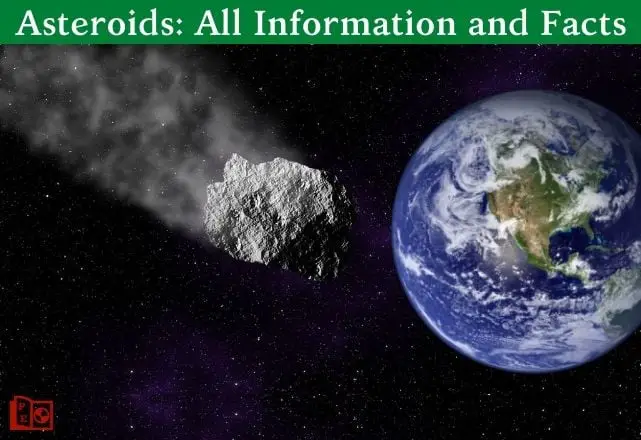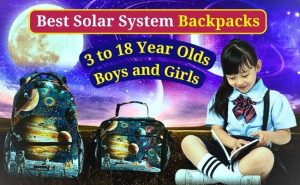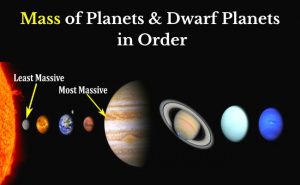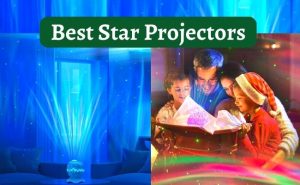Asteroids are minor planets revolving around the sun that are comparatively smaller than planets. There are millions of asteroids in our solar system, mostly exist in the asteroid belt region.
Here in this article, you can find some of the important information about asteroids. Such as what is an asteroid, how many these worlds NASA has explored so far, types of asteroids, Near-Earth asteroids, Jupiter asteroids, how the exploration of the asteroid can be beneficial for humans (asteroid mining), and many interesting facts about asteroids.
What is Asteroid?
Asteroids are one type of minor planet and small solar system bodies that orbit directly around the sun. It neither fits in the category of planets nor comets.
- (Check this:- All About Comets in Our Solar System)
The small solar system bodies and minor planets can be classified into asteroids, but not all objects that come in the category of minor planets are asteroids. Because minor planets can be asteroids, dwarf planets, centaurs, trojans, Plutoids, small solar system bodies, Kuiper belt objects, and other trans-Neptunian objects.
| Minor Planets = Dwarf Planets + Small Solar System Bodies |
Asteroids are rocky objects and they are made of minerals and rocks. Whereas the comets are specially made of ice and dust. This is just a common difference between asteroids and comets.
| Read This:- Difference – Comets? Asteroids? Meteoroids? Meteor? Meteorites? |
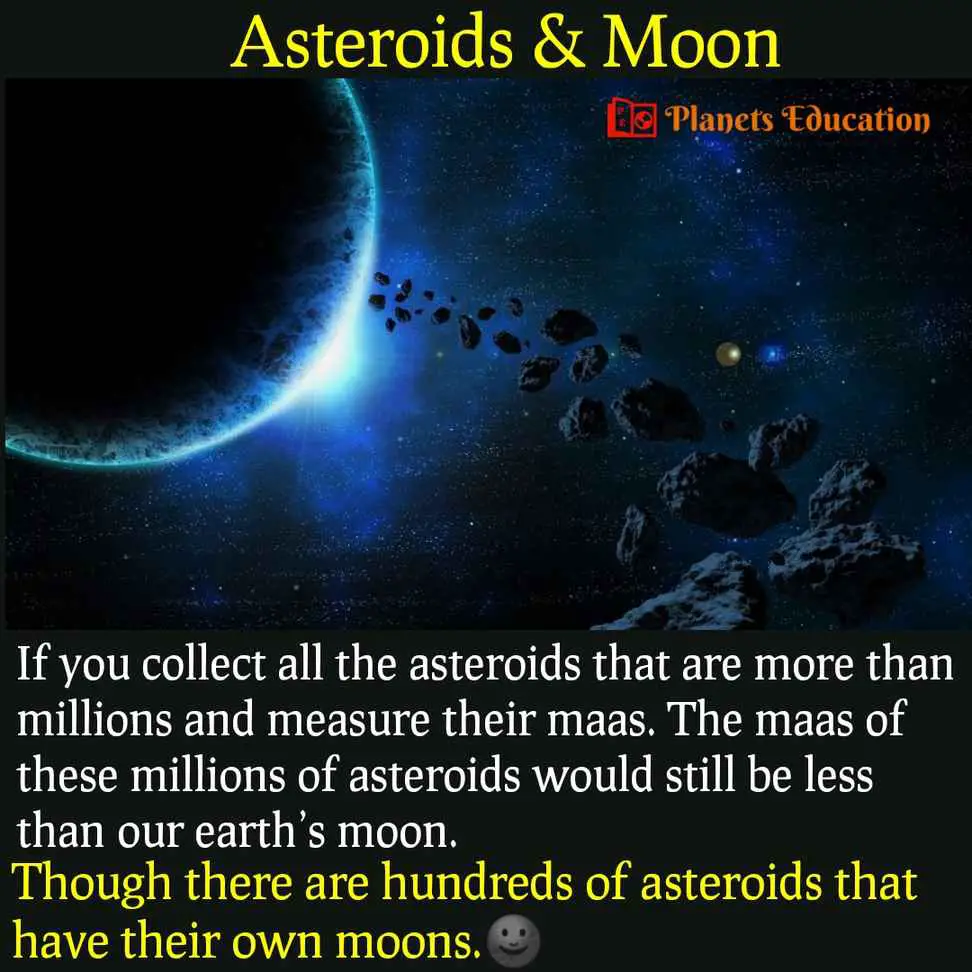
Classification of the asteroids
According to the location, the asteroids in our solar system have been classified into three categories:
- Main Belt asteroids
- Trojan asteroids
- Near-Earth asteroids
Main Belt asteroids
The main-belt asteroids are also known as the asteroid belt or main belt. The asteroid belt region contains most of the asteroids and is located in between two planets of our solar system, Mars and Jupiter.
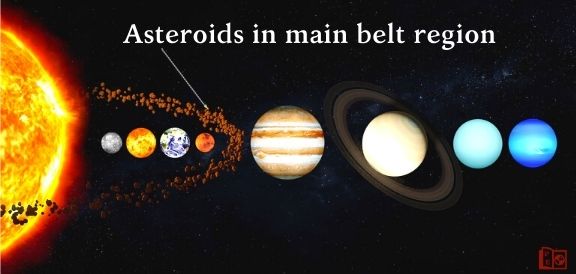
According to an estimation it has almost 1.6 million asteroids with a diameter of larger than 1 kilometer. It also has millions of small asteroids.
Scientists have found more than 200 asteroids with a diameter of larger than 100 kilometers. Basically, most of the asteroids of our solar system are found in this region and known as main-belt asteroids.
Trojan asteroids
The trojan asteroids revolve around the sun in the same orbit in which a larger body or planet is revolving already. They exist in the orbit of that larger body with approximately 60° behind or ahead. So these types of objects are known as co-orbital objects or trojan objects of that larger body.
Trojans exist near the Lagrangian point where they got balanced by the gravity of a larger body and their orbiting star. In this case, the larger body may be a planet, and the orbiting star would be our sun.
Many of the planets have trojan asteroids. Planet Jupiter has millions of trojan asteroids. Also, other planets have trojan objects. Such as Mars has 9 trojans, 28 Neptune trojans, 2 Uranus trojans, and only one Earth trojan.
A temporary Venus trojan has been also found by scientists. The name of the earth’s trojan asteroid is 2010 TK7.
Near-Earth asteroids
Near-Earth Asteroids (NEAs) are those worlds that have orbits close to the earth’s orbit. Some of these worlds cross the earth’s orbit, known as Earth-Crossers asteroids.
Almost 28772 Near-Earth asteroids have been known by scientists so far till date. Around 2000 asteroids are big and close enough to the earth that can be considered potentially hazardous for the earth.
Some of the asteroids near earth have their own moons. One of the potentially hazardous asteroids (PHAs) 3122 Florence (diameter 4.5 km) has two moons with a diameter of around 100-300 meters.
According to the estimation by NASA, there are almost 900 Near-earth asteroids that have a diameter of larger than 1 kilometer.
The smallest earth asteroid (NEA) is 2008 TS26 with an average diameter of around 1 meter. Whereas the largest Near-earth asteroid is 1036 Ganymed with an average diameter of around 35 kilometers.
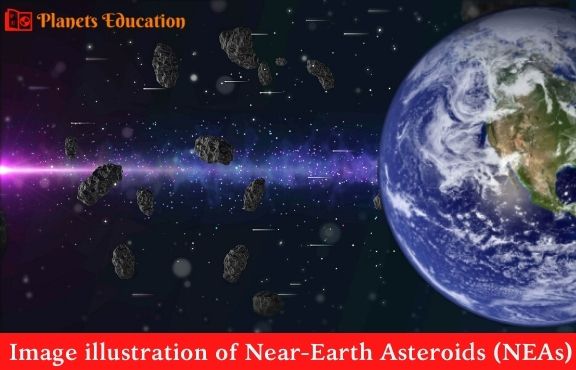
So these were the classification of the asteroids according to their orbit and location. But according to their composition and spectrum, there are mainly three types of asteroids: C-types, S-types, M-types.
Types of Asteroids
According to the color, composition, and spectrum, there are mainly 3 different types of asteroids. Also, they have been classified into subtypes. So here we have mentioned the three most important ones:
C-type asteroids
C-type asteroids are also known as carbonaceous asteroids because of the large amount of carbon present in these types of asteroids. Approximately 75 % of the known worlds are C-type. These types of worlds have a dark gray color.
S-type asteroids
It is also known as silicaceous asteroids and is mostly made of silicates or stony minerals. This is the second most common asteroid found in our solar system after C-types. Almost 17 % of the asteroids are S-type asteroids.
M-type asteroids
These are known as metallic asteroids. M-type asteroids are the third most common asteroids of our solar system. This type of asteroid is made of nickel-iron and some mixture of stone. They are reddish in colors.
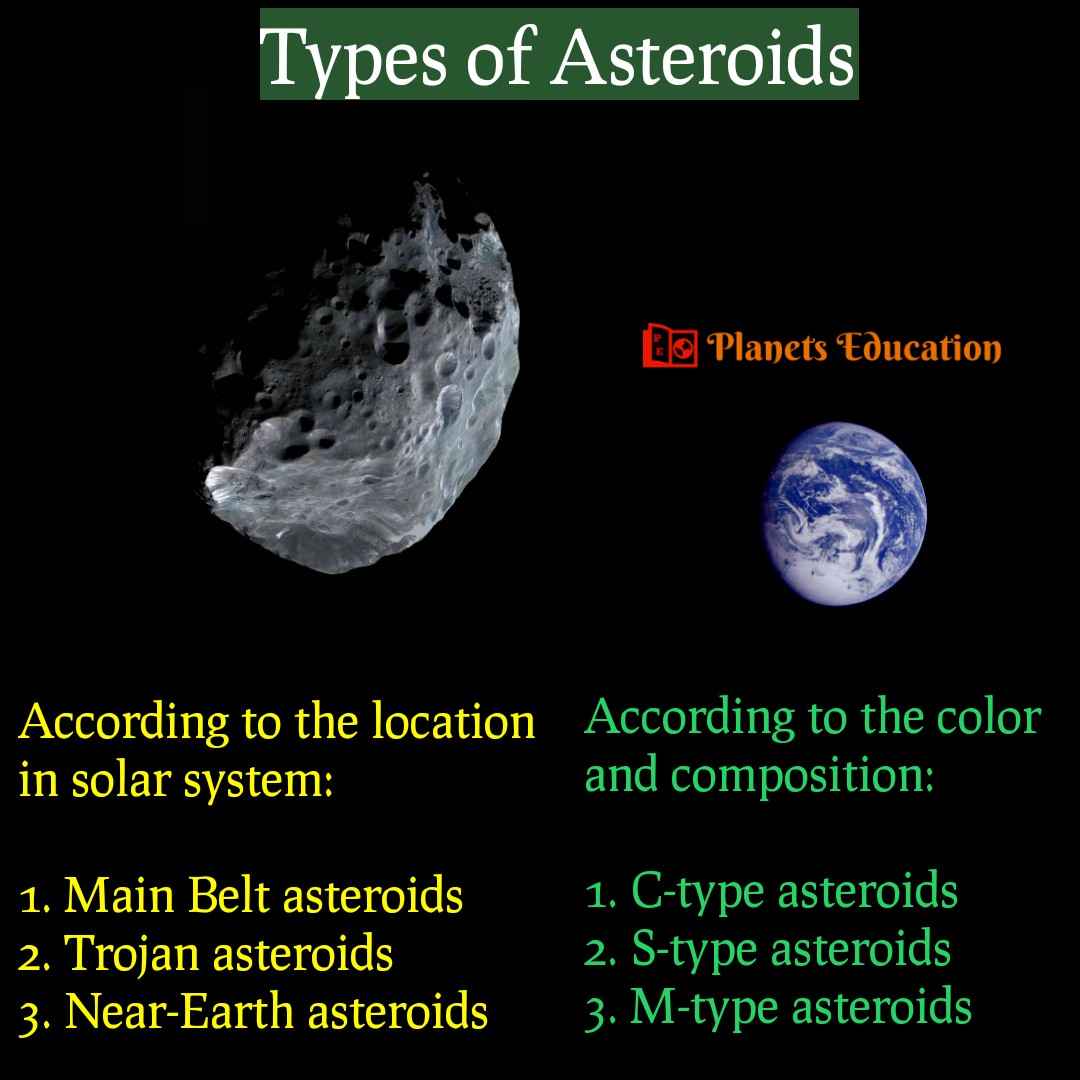
Some other types of asteroids are also found in our solar systems, such as V-type, D-type, E-type, X-type, and many more. But these types are very rare in the solar system.
Asteroid Facts
Here you can find some of the interesting facts about asteroids:
The size of the asteroids can vary from 1000 kilometers to a small rock of just 1 meter or less.
Vesta is the largest asteroid in our solar system with a diameter of around 525 kilometers. Ceres used to be the largest and biggest asteroid in the solar system with a diameter of around 940 kilometers, but now it has been classified into a dwarf planet. (Know more about our smallest dwarf planet Ceres)
2008 TS26 is the smallest known asteroid with a diameter of approximately 1 meter, measured by absolute magnitude or luminosity technique.
On 11 October 2015, an asteroid 2015 TC25 passed nearby to earth and found by ground-based telescopes. 2015 TC25 is the smallest found asteroid (meteoroid) with help of a ground-based telescope with a diameter of just around 2 meters.
| One of the interesting facts about asteroids is: “If you collect all the asteroids that are more than millions and measure their mass. The mass of these millions of asteroids would still be less than our earth’s moon“. |
Our solar system’s most asteroids are found in the asteroid belt region. It has more than a million asteroids and other small solar system bodies.
According to a hypothesis, around 66 million years ago a large asteroid (meteorite) hit the earth. This asteroid hitting earth caused mass extinction. Scientists proposed the impact of the asteroid on earth was the reason for dinosaur extinction.
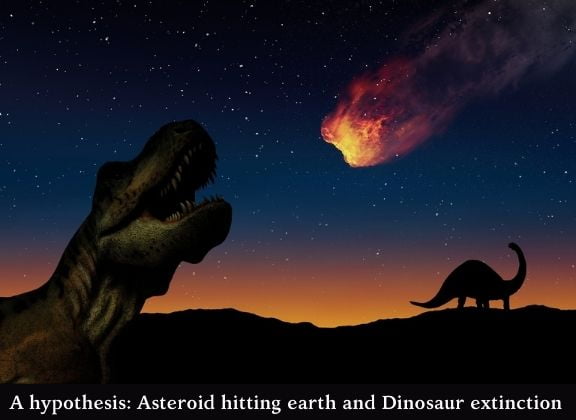
The asteroids are small celestial bodies but some asteroids have their own moons. Around 150 discovered asteroids have moons and more can be discovered in the future. Ida was the first discovered asteroid that has a moon. Asteroid Ida is an S-type asteroid and its moon name is Dactyl.
Asteroids can not support life. According to scientists, asteroids are too small in size and are irregularly shaped. They have low gravity due to their small size and can not hold to the atmosphere to support life.
NASA Asteroid Exploration (Asteroid Missions)
Here you can know brief information and facts about asteroid exploration missions by NASA.
NASA’s spacecraft Galileo took the very first image of an asteroid 951 Gaspra in 1991. It was the first asteroid visited by a spacecraft.
| Whereas the second asteroid 243 Ida and its natural moon Dactyl was also seen by the Galileo probe of NASA in 1993. It was the first known asteroid that has a natural satellite. |
The first dedicated spacecraft NEAR Shoemaker made by NASA for asteroid exploration. The robotic space probe NEAR stands for “Near-Earth Asteroid Rendezvous” which was launched in 1996 by NASA to study Near-Earth Asteroids (NEAs).
Space probe NEAR Shoemaker take the images of the ‘253 Mathilde’ asteroid in 1997 and orbited the ‘433 Eros’ asteroid. And finally, it landed on the surface of the Eros asteroid on 12 Feb 2001 and ended the journey.
Dawn spacecraft of NASA launched in 2007 and visited and explored one of the largest asteroid Vesta in 2011. After exploring for almost one year in 2012 it started its journey for the Ceres dwarf planet.
A mission of NASA asteroid study, OSIRIS-REx (Origins, Spectral Interpretation, Resource Identification, Security, Regolith Explorer) was launched in September 2016. The main goal of this mission is to visit and take a sample of the asteroid ‘101955 Bennu’. Bennu is a B-type near-earth asteroid which is a subtype of carbonaceous asteroids. NASA’s OSIRIS-REx is currently orbiting the earth asteroid Bennu and will return with the sample in 2023.
Many other space agencies including NASA are researching the asteroids. According to scientists, asteroids can be used for bringing materials that are rare or extinct on earth. It is called asteroid mining. Asteroid mining can be useful for making space habitats or space colonization.
So these were some important information and overview of asteroids. Such as ‘what is asteroid’, types of asteroids, earth asteroids, NASA earth asteroids and missions, asteroid mining, and many more. I hope you have liked it and also do comment below your views for the asteroids.
Related articles:-
- 5 Best Solar System Backpacks in 2024
- Mass of Planets in Order from Lightest to Heaviest
- Star Projector {2024}: Star Night Light Projector
